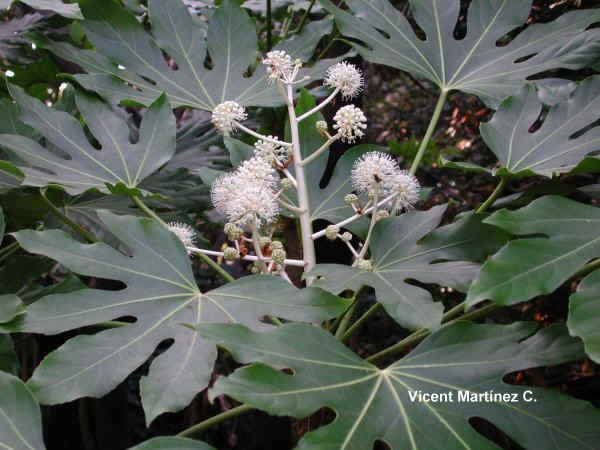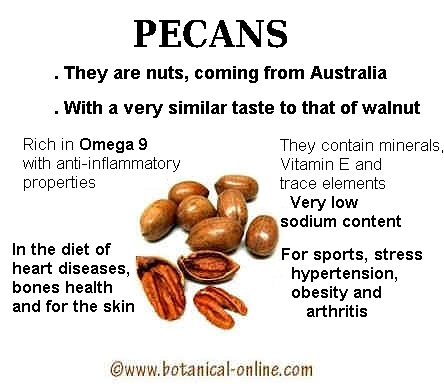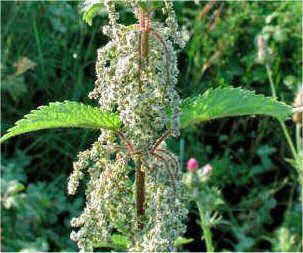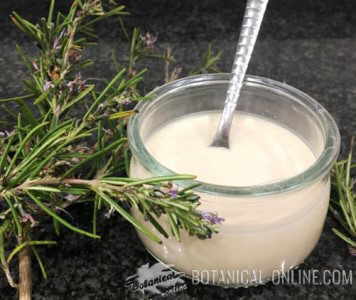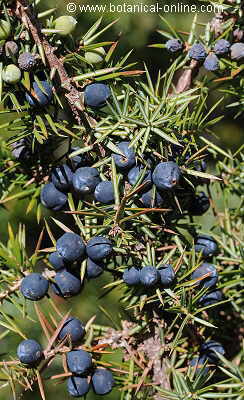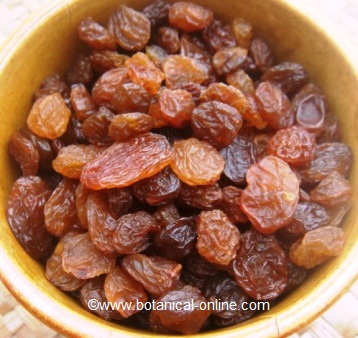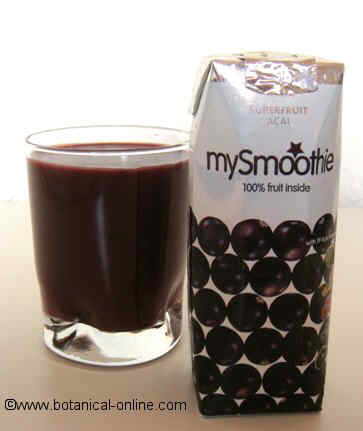Contents
What industrial applications do trees have?
Trees for the obtention of industrial products
Trees produce cellulose
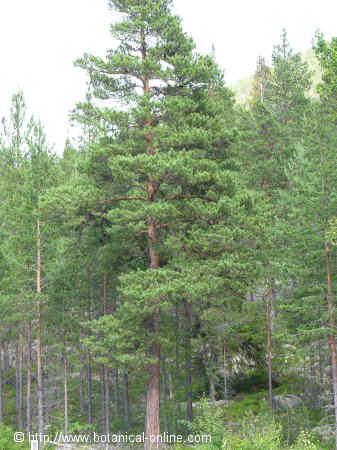
Wood, besides water, contains cellulose. Cellulose is a carbohydrate. it is the main component of plants that, together with lignin, constitutes cell walls. Lignin acts as a plastic cement that binds the cellulose fibers. Cellulose is subjected to a series of industrial processes to produce a series of products useful to man.
The pulp for paper is obtained by removing the lignin from the pulp and bleaching it properly. By neutralizing the acid in the pulp and adding carbon disulfide steam, a liquid paste is obtained with which very thin sheets or wires can be produced.
This product is used to produce rayon or cellophane. Cellulose, mixed with sulfuric acid and nitric acid, produces nitrates which are used, for example, for the manufacture of explosives or plastics.
Resins come from trees
Besides cellulose, trees contain many components that are used by industry. Among them, we can mention resins which are the main substances that are secreted when trees suffer a wound or tear. In its natural state, tree resins are used as coagulants and protective substances to heal the wounds, to prevent the sap outflow or to hinder foreign pathogens to go into the inner tissues. Man uses this property to obtain resins by making cuts into the trunks.
We must distinguish between natural resins produced by trees from synthetic resins such as polyurethane or polyester.
Types of resins produced by pine trees
The main producers of resin trees are conifers that produce oleoresins, that is to say, oily resin in which the resin is mixed with essential oils.
This type of resin paste is less doughy than the rest. Pines stand out among the major producing conifers.
By making a cut in their trunks, we can gather an oily paste called turpentine, which is distilled to produce turpentine (also called oil of turpentine or white spirit). Turpentine is mainly used as a solvent and secant in industrial paints.
Scots pine (Pinus silvestris – photograph- ) and Aleppo pine (Pinus halepensis) are the main producers of turpentine in Europe. In America it is mainly produced from ponderosa pine (Pinus ponderosa) taeda pine (Pinus taeda) or longleaf pine (Pinus palustris). In Asia, from the Chinese red pine (Pinus massoniana) or the Sumatran pine (Pinus merkusii)
From the distillation of turpentine a residual resin is also obtained, a substance which has many applications in industry today: for paper pulp, hairsprays, glues, soaps, car tires, gum, and pharmaceutical products.
Other types of resins from trees
- Among the best known turpentines we must mention Cyprus turpentine which is not obtained from any pine, but a kind of lentisc, called terebinth or turpentine tree (Pistacia terebinthus). This is a small tree – in most cases, a shrub – living in Mediterranean areas. . This resin has not only industrial properties but is also used for healing purposes in the treatment of gout, arthritis and sciatica. It has even been used to cure cancer.
- Canada balsam is another type of resin which is obtained from balsam fir (Abies balsamea).. This tree grows in the Northeast of the Southeastern United States and Canada, where it is widely used as a Christmas plant. Glue to attach glass, liquid to prepare samples for microscopy and other products are obtained from it.
- Lactoresins are very important group among the resins. They are called so because they derive from the latex or secretions, very similar to milk, produced by the trunk secretions of certain trees. Among the main lactoresins is rubber. Previously all rubber was obtained from rubber plant (Ficus elastica).It is now often produced synthetically.
*Related information: Medicine trees
![]() More information on trees
More information on trees

